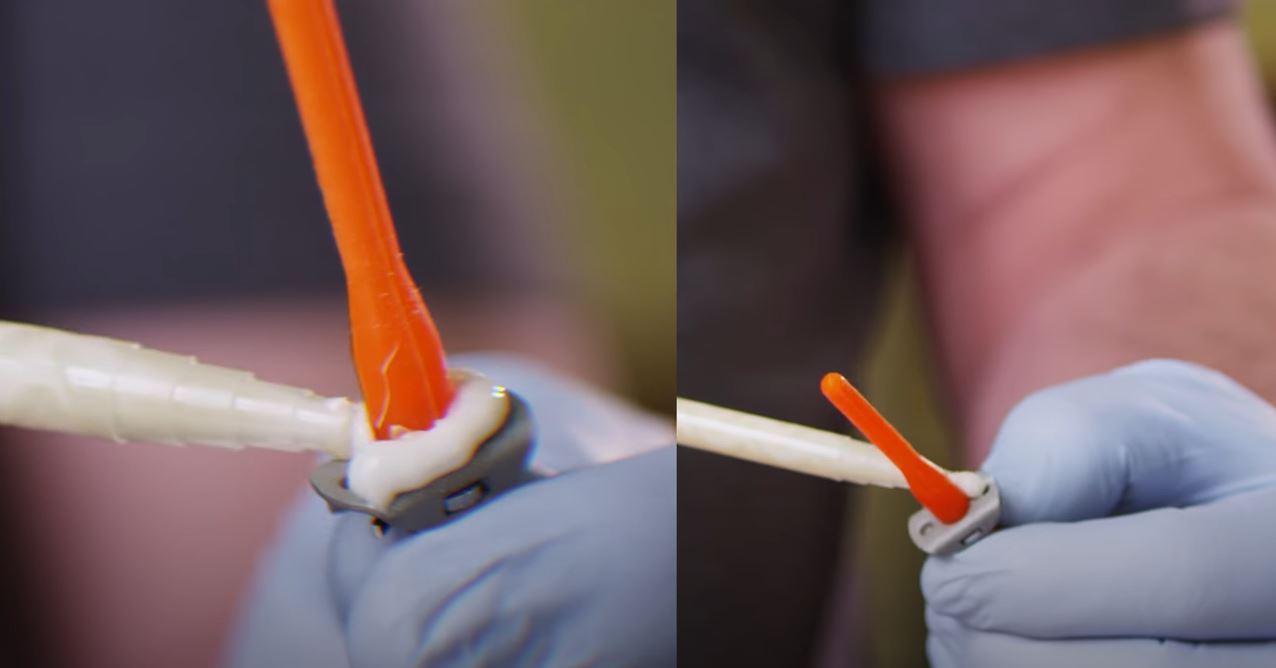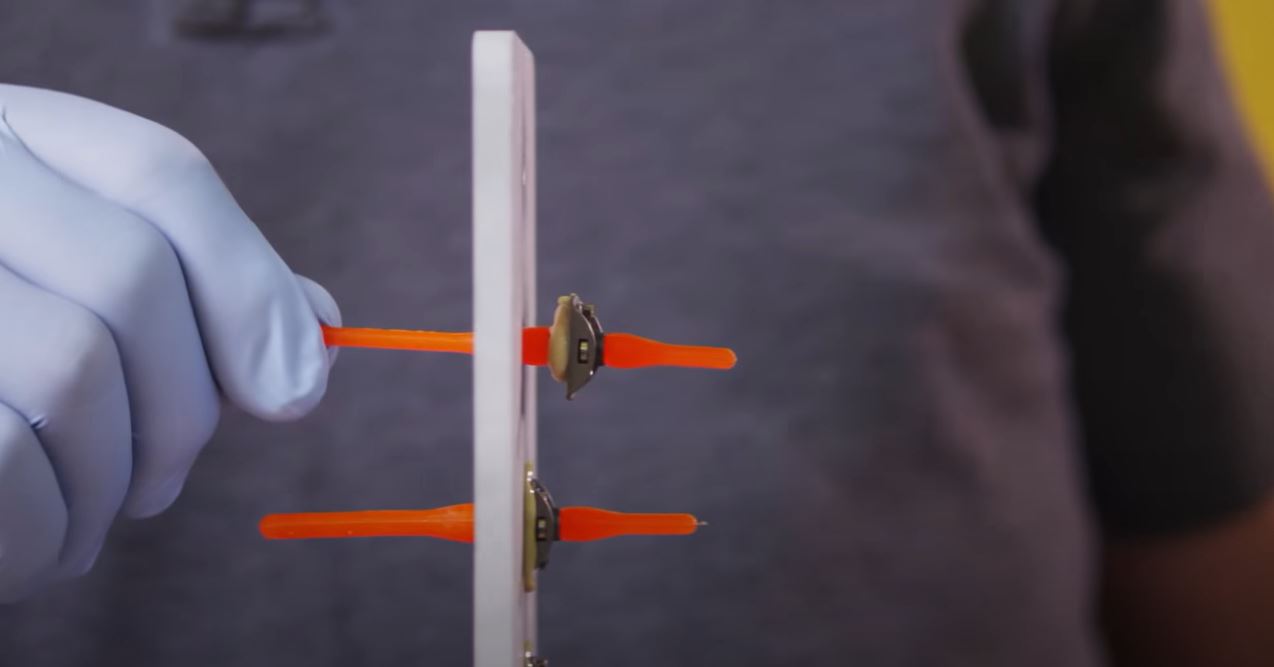How does it work?
How do adhesive-bonded fasteners work? They secure hardware using structural adhesive—no drilling required. Prep the surface, bond, cure, and remove the fixture for a clean, durable hold.

What Is an Adhesive-Bonded Fastener?
An adhesive-bonded fastener is a type of mechanical anchor designed to attach components to surfaces using structural adhesive instead of mechanical drilling or fastening methods. Click Bond fasteners are specifically engineered to deliver aerospace-grade performance while eliminating the downsides that often come with using traditional joining techniques, such as stress concentrations or galvanic corrosion.
How the Installation Process Works
1. Surface Preparation
Proper adhesion starts with proper surface prep. This often involves cleaning the substrate with solvent and, in some cases, abrading or priming the surface to maximize bonding strength. Contaminant-free and roughened surfaces help ensure strong, reliable bonds.
2. Adhesive Application
Next, a structural adhesive — typically epoxy or acrylic — is applied to the base of the fastener. The adhesive is formulated to match the thermal, mechanical, and environmental demands of the end-use environment (e.g. aerospace, marine, EVs, etc.).
3. Fixture Attachment
Click Bond fasteners are supplied with built-in or disposable fixtures that hold the fastener in perfect position and apply consistent, positive pressure during the adhesive cure cycle. This ensures optimal adhesive thickness (bond line) and alignment.
4. Curing Process
The adhesive is allowed to cure — at room temperature depending on the specific adhesive used. During this time, the fixture maintains positive pressure and positioning to ensure a uniform bond.
5. Fixture Removal
After the adhesive is fully cured, the fixture is removed and the bonded fastener is ready for service — it is able to accept loads, withstanding vibration and harsh environments.















